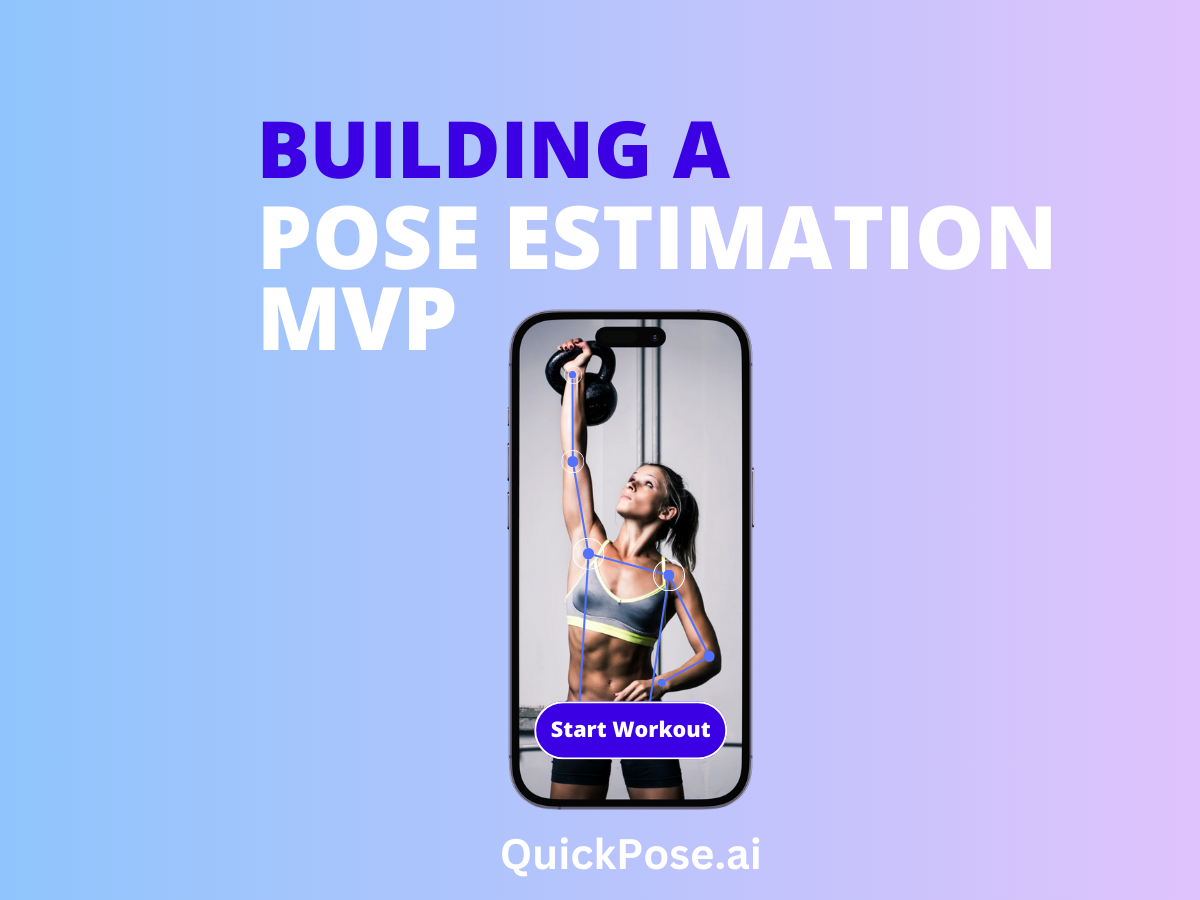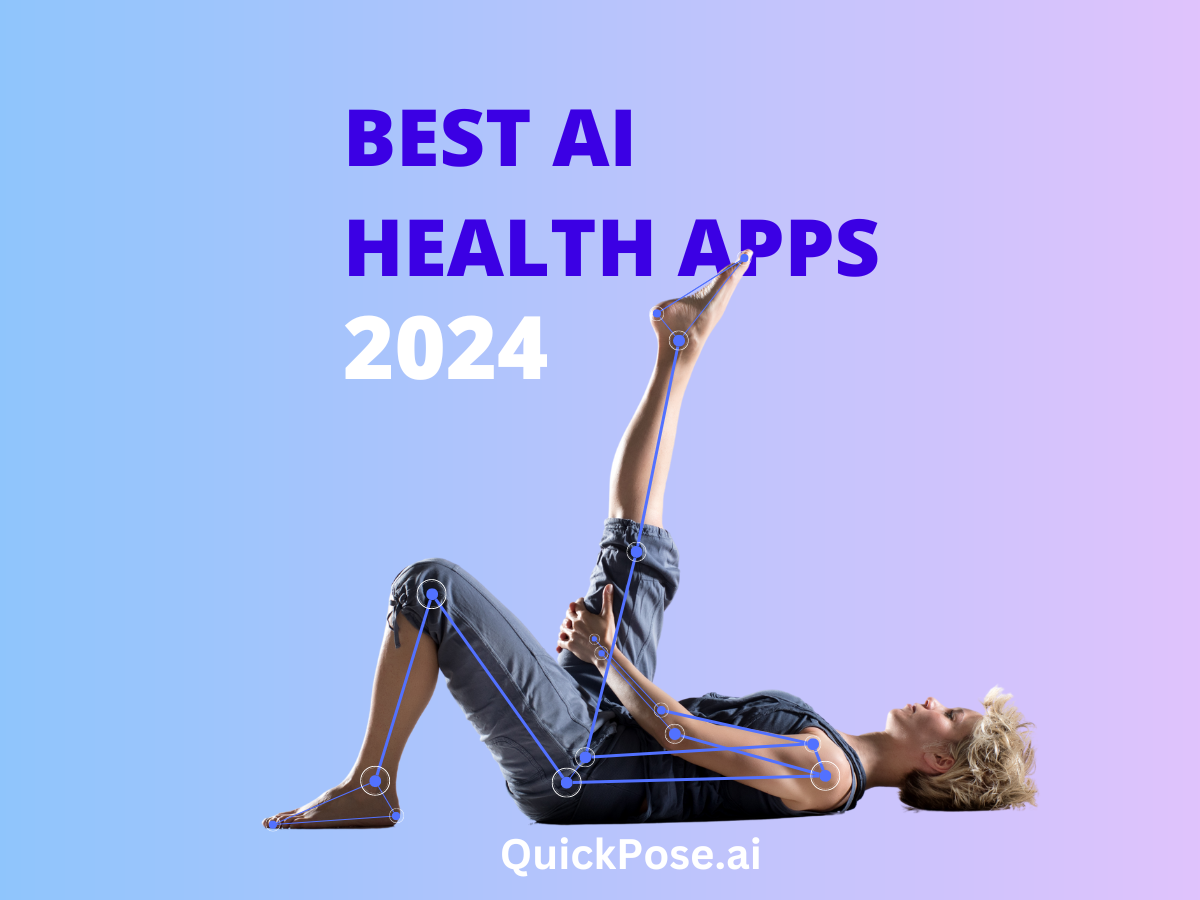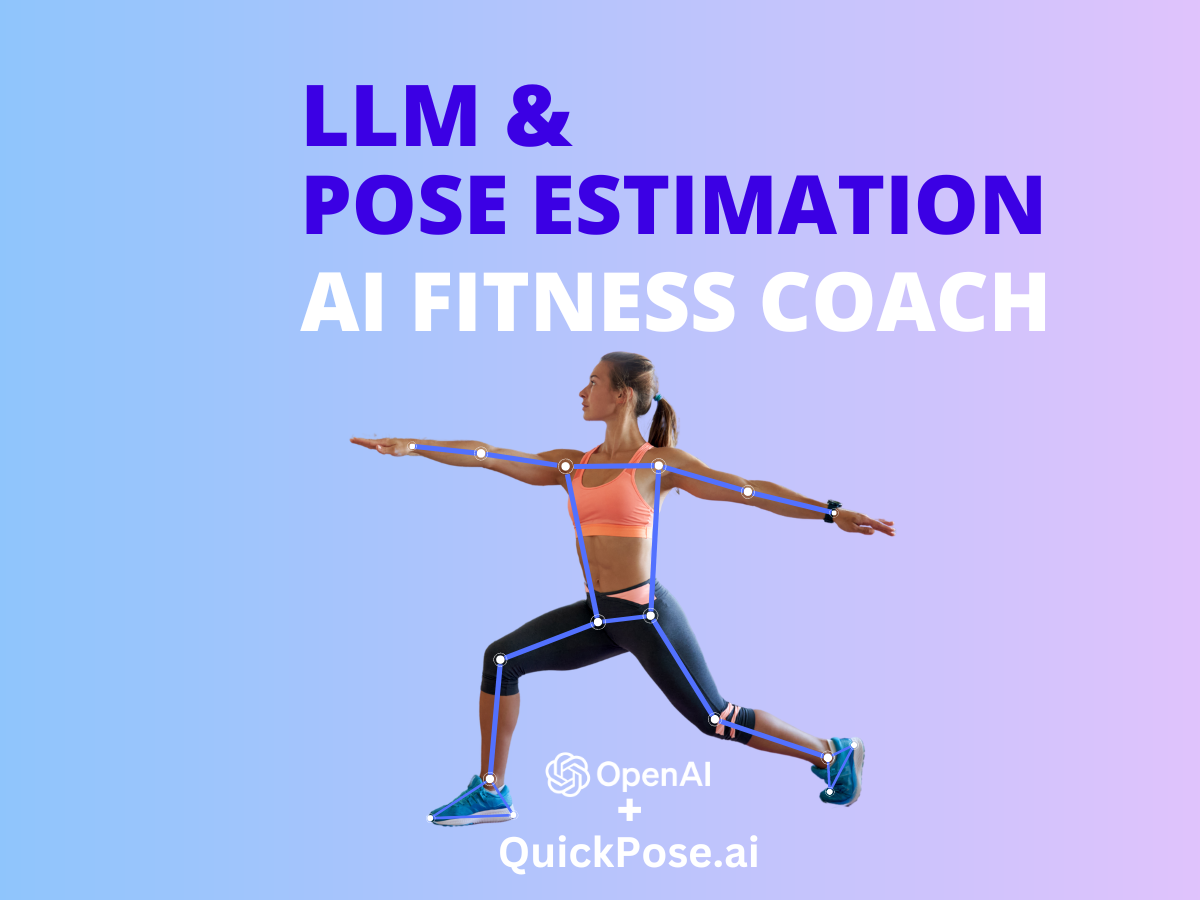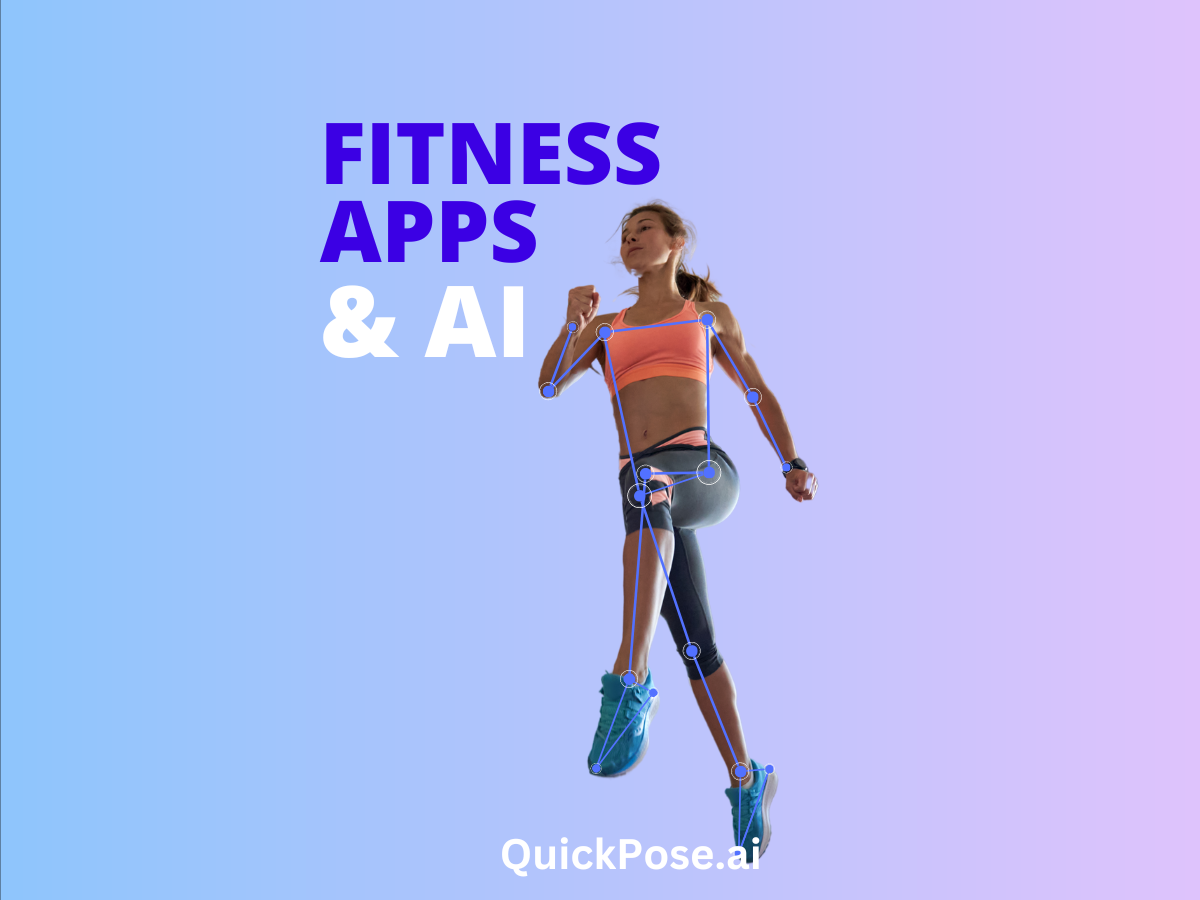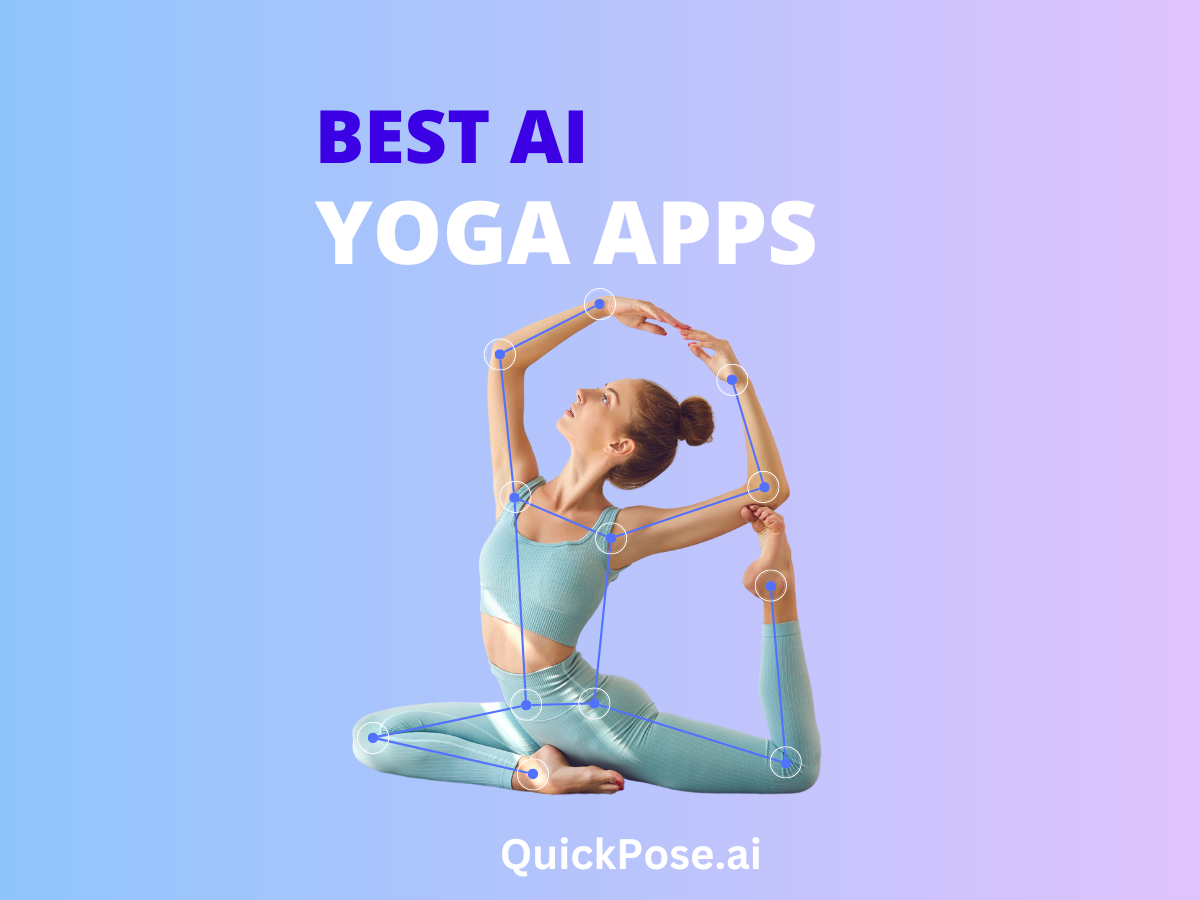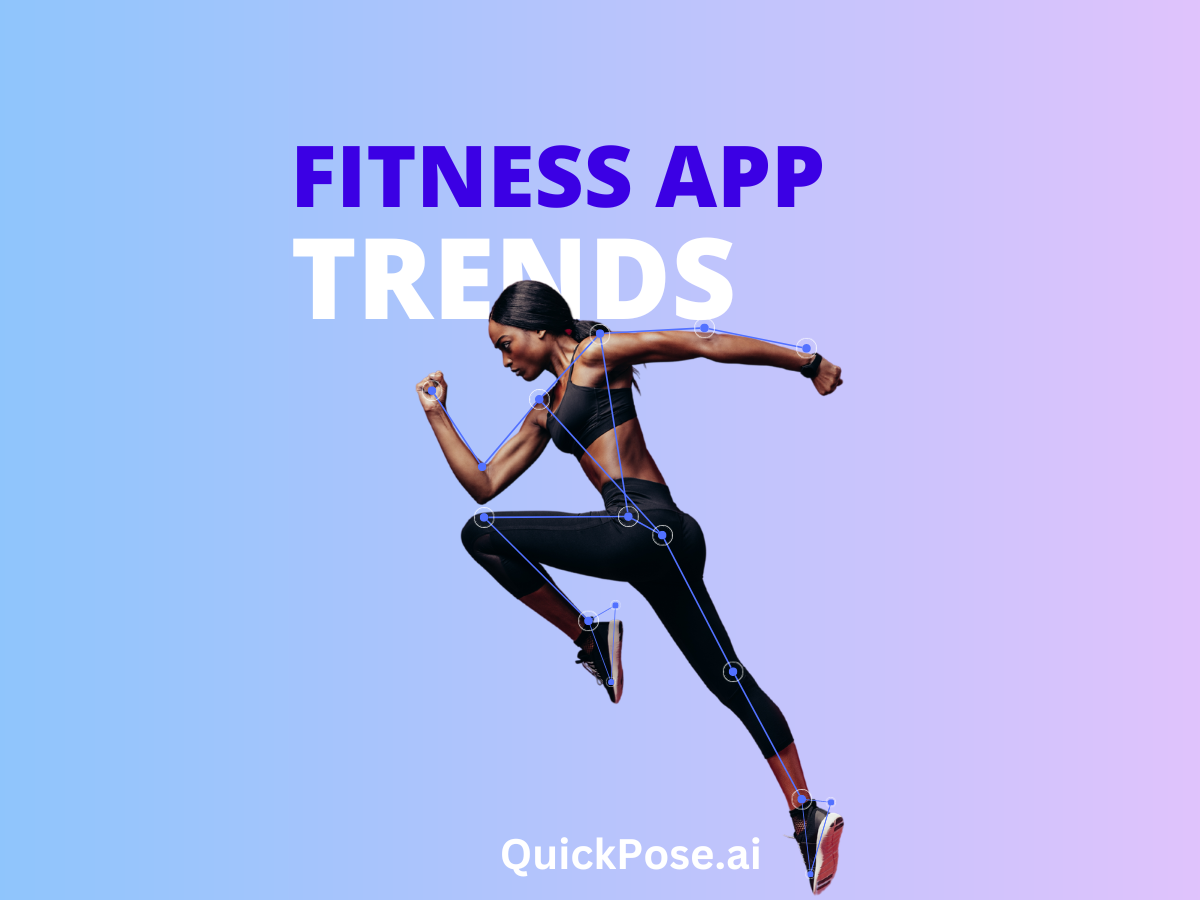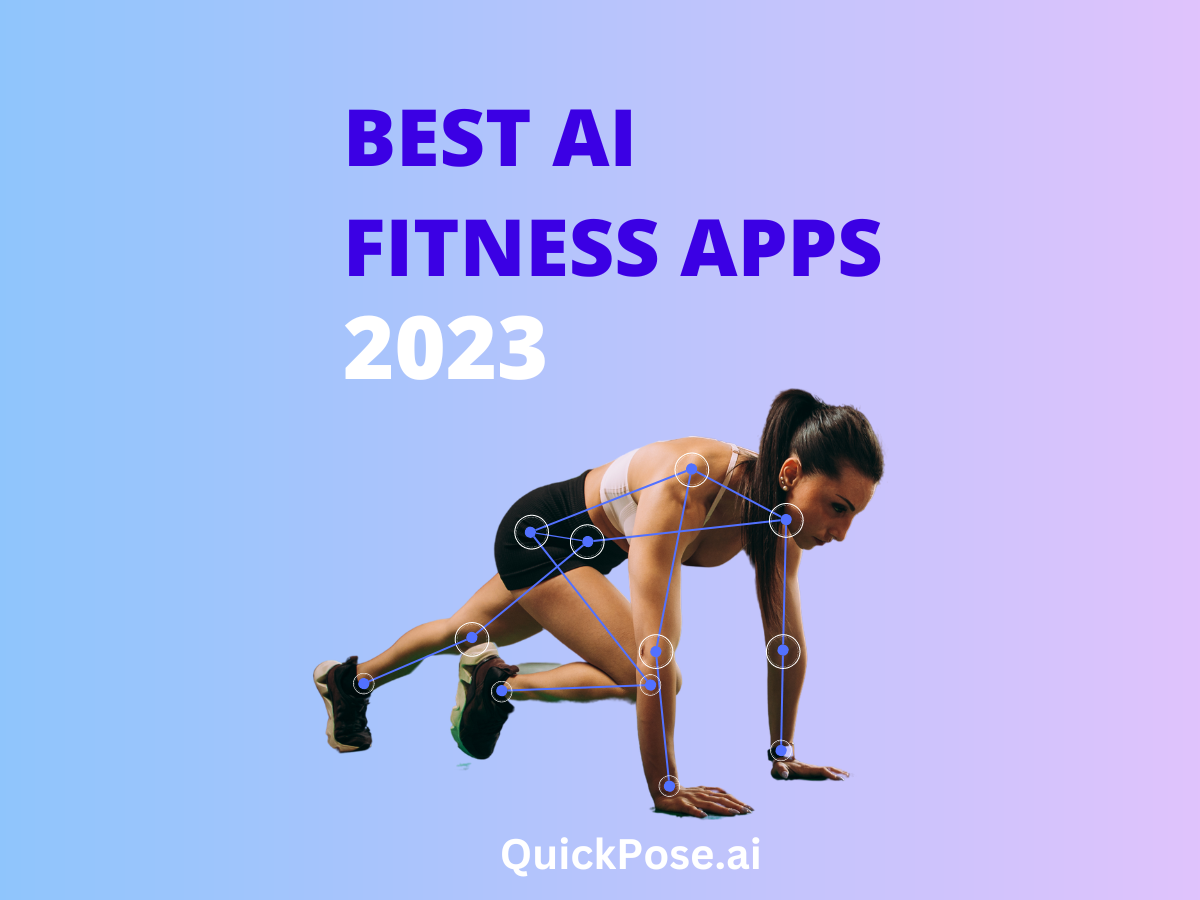Pose estimation is a powerful computer vision technology that captures human body movements and postures. It’s used in various industries like healthcare, fitness, and gaming, offering innovative solutions and user experiences. This article will guide you through the process of building a Minimum Viable Product (MVP) using pose estimation, from understanding the basics to deploying your application.
Understanding Pose Estimation
Pose estimation involves identifying and tracking human body joints in images or videos. This technology has applications ranging from sports analysis to virtual reality. It leverages deep learning and computer vision techniques to accurately model human movements, making it valuable in creating interactive and engaging applications.
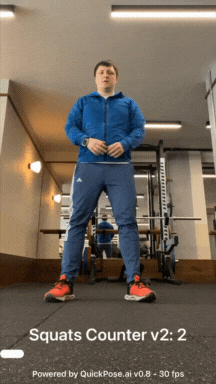
Steps to Building a Pose Estimation MVP
Define Your Objective
Before diving into development, clearly define your MVP’s purpose. Are you building a fitness app that corrects posture or a gaming app that tracks player movements? Understanding your target audience and the specific problem you aim to solve is crucial. If you’re creating an entirely new product, assess what your potential competitors are offering and identify how your product can fill a niche in the market. For those of you who already have a product or service, ensure that you are clear on how adding pose estimation into your offering can elevate your offering.
Selecting the Right Tools and Technologies
Choose the appropriate pose estimation framework based on your project needs. Popular choices include OpenPose and MediaPipe, which offer robust capabilities for real-time body tracking. Consider factors like accuracy, ease of integration, and compatibility with your platform (web, mobile, iOS, etc.).
Data Collection and Preparation
Data is the backbone of any machine learning project. Use public datasets like COCO or MPII for initial training. If your application requires specific poses or environments, consider custom data collection. Properly annotate the data to ensure accurate model training. This can be a long process, especially if you do not have existing data, so you may choose to use existing models. An example of this is the QuickPose iOS SDK, which has pre-trained models for health and fitness apps.
Developing the MVP
If you have an in-house development team, set up your development environment with the necessary libraries and frameworks. Start with basic implementation, integrating pose estimation into your application. Focus on creating a functional prototype that demonstrates core features, such as tracking body movements or providing feedback. At QuickPose, we have a Pose Estimation MVP development service that offers custom builds and integrations.
Testing and Iteration
Thoroughly test your MVP for accuracy and performance. User testing is essential to gather feedback on the application’s usability and effectiveness. Iterate on the design, addressing any identified issues and improving the user experience.This phase has a lot of variables, so it’s important to tie in all your learnings with the objectives you defined at the beginning. Encourage your testers to find limits of your app, and to let you know of any bugs or issues that come up with it.
Launching the MVP
Prepare for launch by ensuring your MVP is well-documented and user-friendly. Post-launch, actively gather user feedback to identify areas for improvement. Continuous updates and enhancements based on user input are vital for maintaining relevance and engagement. Talking to your users will bring more issues, questions and concerns to the spotlight and is a great chance to understand your users more. This part can also help you define and iterate your ideal customer profile.
Our Services at QuickPose
We specialise in developing pose estimation solutions tailored to your needs. Our services include consultation, custom development, and integration support, ensuring your MVP meets industry standards and user expectations. Contact us to learn how we can assist in bringing your project to life.
Pose estimation technology offers exciting possibilities for interactive applications. By following the steps outlined in this article, you can develop a compelling MVP that leverages this technology effectively. If you need expert assistance, our team is ready to help you navigate the complexities of development and launch.
